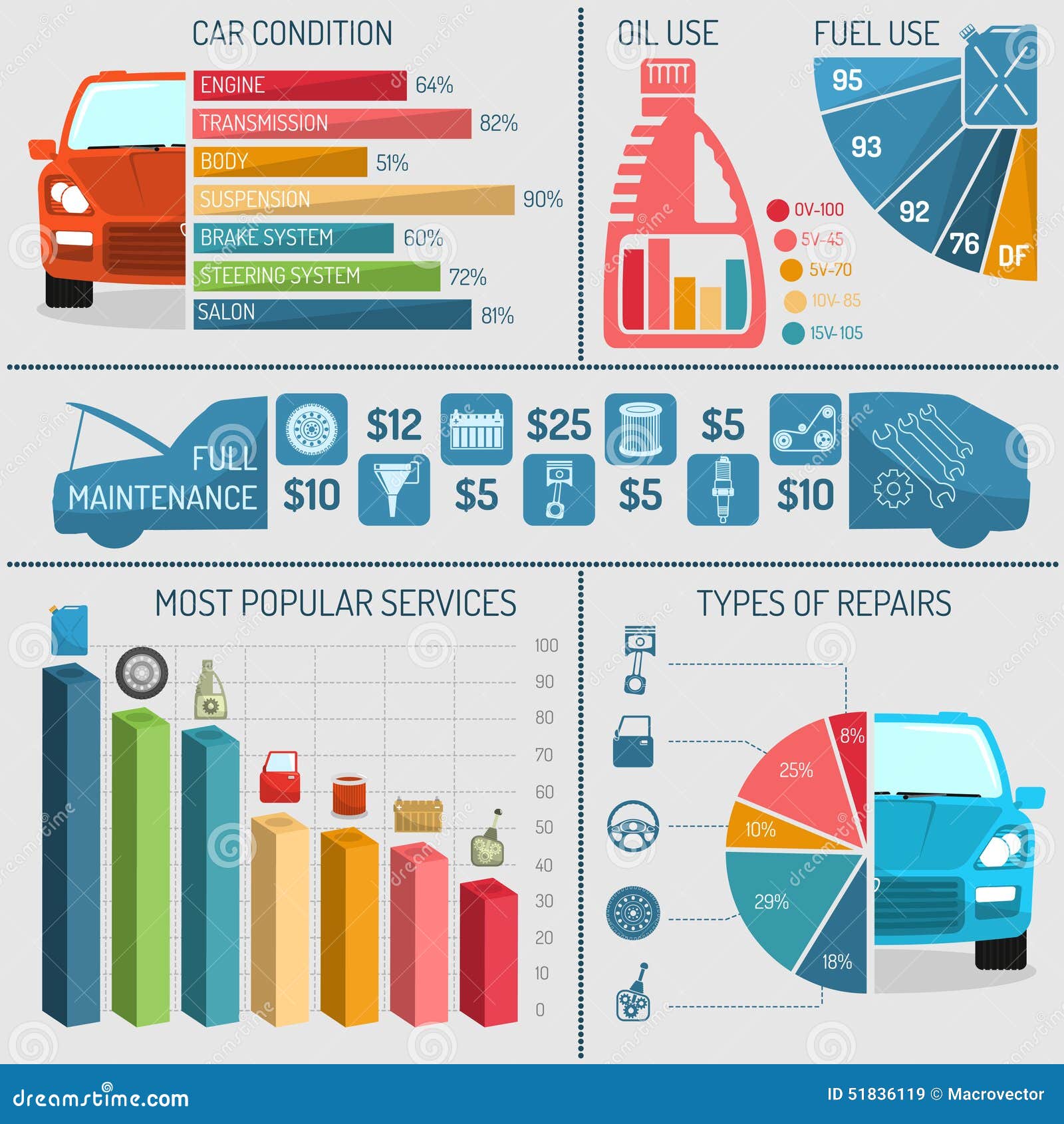Looking For Clearness On The Caution Lights Displayed On Your Vehicle'S Control Panel? Discover Just How They Relate To Your Car'S Health And Wellness
Looking For Clearness On The Caution Lights Displayed On Your Vehicle'S Control Panel? Discover Just How They Relate To Your Car'S Health And Wellness
Blog Article
Content By-Boye Winters
When you lag the wheel, those radiant warning lights on your control panel can be a bit perplexing. Do you recognize what they're trying to inform you regarding your automobile's wellness? Recognizing the value of these lights is essential for your safety and security and the longevity of your vehicle. So, the next time among those lights turns up, would not you wish to decipher its message accurately and take the essential steps to resolve it?
Common Warning Lights and Interpretations
Recognize typical warning lights in your automobile and understand their definitions to ensure risk-free driving.
One of the most normal warning lights consist of the check engine light, which indicates problems with the engine or exhausts system. If this light comes on, it's critical to have your vehicle checked promptly.
The oil pressure warning light indicates low oil pressure, requiring immediate attention to stop engine damage.
A blinking battery light may suggest a malfunctioning charging system, potentially leaving you stranded if not addressed.
The tire pressure surveillance system (TPMS) light signals you to low tire stress, affecting lorry stability and gas efficiency. Overlooking this can cause unsafe driving conditions.
The ABS light suggests an issue with the anti-lock stopping system, endangering your capability to quit quickly in emergency situations.
Finally, https://felixtnibw.loginblogin.com/36951824/discover-a-future-where-sophisticated-technology-and-bespoke-options-change-vehicle-describing-ensuring-premium-protection-and-streamlined-efficiency alerting light warns of engine overheating, which can cause extreme damages if not settled promptly.
Comprehending click for source will assist you attend to concerns quickly and maintain risk-free driving problems.
Importance of Prompt Focus
Recognizing the usual warning lights in your auto is just the first step; the value of promptly attending to these warnings can not be emphasized enough to ensure your security on the road.
When a warning light illuminates on your dashboard, it's your auto's means of connecting a prospective concern that needs focus. Overlooking these cautions can cause more severe troubles later on, compromising your security and potentially costing you extra out of commission.
Motivate interest to advising lights can stop failures and mishaps. As an example, a blinking check engine light can suggest a misfire that, if left unattended, might create damages to the catalytic converter. Addressing this quickly can conserve you from a costly fixing.
Likewise, a brake system cautioning light might indicate low brake fluid or used brake pads, essential parts for your safety and security when driving.
DIY Troubleshooting Tips
If you notice a caution light on your control panel, there are a few do it yourself repairing tips you can attempt before looking for professional help.
The first step is to consult your vehicle's manual to recognize what the specific warning light indicates. Often the issue can be as simple as a loose gas cap activating the check engine light. Tightening up the gas cap might resolve the problem.
Another common concern is a low battery, which can trigger numerous advising lights. Examining the battery connections for deterioration and guaranteeing they're secure might fix the issue.
If a warning light lingers, you can try resetting it by disconnecting the cars and truck's battery for a couple of minutes and then reconnecting it. In addition, checking your automobile's liquid degrees, such as oil, coolant, and brake fluid, can aid repair warning lights related to these systems.
Conclusion
To conclude, understanding your automobile's warning lights is necessary for maintaining your vehicle running efficiently and safely. By without delay resolving these alerts and knowing what they suggest, you can avoid expensive repairs and possible break downs.
Remember to consult your auto's handbook for particular information on each warning light and act as necessary to make sure a hassle-free driving experience.
Stay informed, stay secure when driving!
